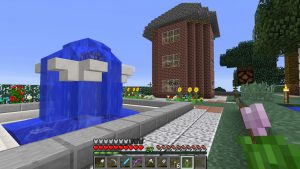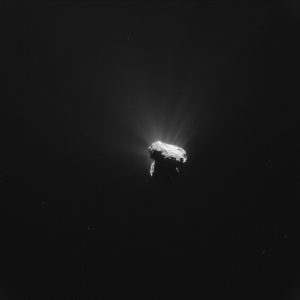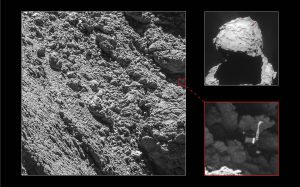The Gamification of Halloween
During my ongoing literature review I often discover interesting facts about things I’ve never thought about. Sometimes I can connect these facts with my own observations: The result is mostly a completely new idea why things are as they are. Maybe these ideas are new to you, too. Therefore I’ll share my new science based knowledge with you!
This week: This time, I think about the effects of special annual Halloween events in computer games.
Although Halloween began as a Christian holiday, it has become a secular celebration in our modern western world. Famous Halloween traditions include trick-or-treating, visiting Halloween costume parties, watching horror movies or carving pumpkins into jack’o’lanterns. [1]
Due to Halloween’s popularity, it also got adopted by the media. For instance, several horror movies evolve around this special event and many comedy series feature special Halloween episodes. One of the most famous examples are the The Simpsons – Treehouse of Horror special episodes that aired annually since the second season of The Simpsons.
Naturally, a similar adoption took place in the computer game industry as well. Aside from the emergence of special Halloween-inspired horror games, several computer games received annual events allowing the players to celebrate Halloween in their favorite virtual worlds.
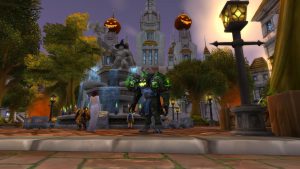
Hallow’s End in World of Warcraft.
The probably best example is World of Warcraft that received a Halloween-inspired annual event in October 2005. Since then, players can celebrate the Hallow’s End event on an annual basis by defeating special event bosses, collecting sweets by trick-or-treating and wearing spooky costumes or masks. In addition, the entire virtual world of Azeroth gets decorated with jack’o’lanterns, spooky candles, skeletons and other Halloween decorations during this particular events.
Aside from adding new and exciting game mechanics to an existing game, those special events also make the virtual worlds more authentic and immersive. Without those special events, the virtual worlds would just be static environments that always look the same throughout the whole year. However, with the implementation of special events, the virtual environments start to change the same way as the real world, thus making it more believable and realistic.
Moreover, special seasonal events provide the players with new content and, more importantly, new experiences that ultimately result in more fun and that’s what it is all about when it comes to playing a game.
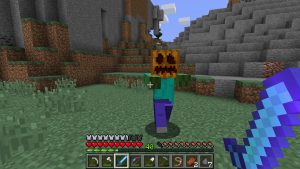
Halloween in Minecraft.
Happy Halloween! 🙂

